Neuro-Developmental Treatment (NDT) Technique
What is the Neuro-Developmental Treatment (NDT) Technique?
Neuro-Developmental Treatment (NDT), also known as the Bobath Concept, is a holistic and interdisciplinary approach to the assessment and treatment of individuals with neurological impairments.
Developed by physical therapist Berta Bobath and her husband, neurologist Dr. Karel Bobath, in the 1940s, NDT focuses on facilitating normal movement patterns and postures through hands-on techniques, therapeutic handling, and guided functional activities.
Children with central nervous system abnormalities are frequently treated for movement dysfunctions using neurodevelopmental therapy, a problem-solving technique. With the use of stimulating functional play therapy that involves the child as an active participant in the treatment, non-directive play therapy (NDT) aims to improve the sense of movement by utilizing both internal and exterior sensory feedback systems.
The foundation of neurodevelopmental therapy is the idea that the ability to perform a motor skill requires the availability of adequate postural reflex systems.
Typical postural reflex mechanisms include the following:
- Righting and Equilibrium reactions.
- Reciprocal innervation.
- Coordination patterns.
The release of abnormal tone and tonic reflexes linked to cerebral palsy inhibited the development of balance and righting responses.
This interactive method of problem-solving emphasizes the development of treatment plans, working hypotheses, ongoing reassessments with an emphasis on individual objectives, and pertinent objective metrics to assess treatments.
- This method may be used to treat people of any age who have CNS injury, regardless of the severity of the damage. This distinguishes the method from other treatment modalities that are limited to high-functioning people, such as motor relearning or constraint-induced movement therapy.
- The International Classification of Functioning, Disability, and Health is consistent with it. Integration of postural control and task performance are two interrelated factors that are crucial for maximizing motor recovery after a stroke.
- specific movement control to generate synchronized movement patterns.
- Additionally, a key component of the Bobath approach has always been the role that sensory inputs play in motor control and motor learning.
A Brief History
Berta and Karel Bobath developed the NDT therapy technique in 1948. Because of this, NDT is also sometimes called the Bobath Method. The first patients Berta, a physical therapist, and Karel, a psychologist, and neurophysiologist, treated were kids with cerebral palsy (CP).
Stretching and other more intrusive methods, including braces or even surgery, were commonly used as conventional treatments for children with cerebral palsy during this period. Nonetheless, the Bobath technique believed that difficulties with motions and poor posture accounted for a large portion of the issue.
They proposed that if the illness was identified early and treated such that the patient learned movements that are most effective for them despite any physical difficulties they may have, they might be re-educated. The goal was to offer a safe and efficient repertoire of movement patterns that enable compensations that are suitable for each patient, rather than necessarily making the movements appear naturally to everyone.
The How NDT Works
Because each situation is viewed as unique and the therapist will customize the treatment plan to meet the needs of each patient, NDT is regarded as a problem-solving methodology. To do this, they first conduct a thorough evaluation to identify the areas that require assistance. They next often concentrate on posture and fundamental motions before advancing to more complex methods designed to increase spasticity.
Therapists with training in non-directive therapy (NDT) can help patients by first identifying their problems and then developing treatment plans that specifically target the neuro-motor difficulties that each patient faces. People may now live as independently as possible and work towards reaching their full functional potential thanks to this.
To assist in constructing an ideal plan that covers all of the patient’s requirements even outside of the session, the therapist will frequently collaborate with the patient’s family, other therapists, and medical professionals.
Similar to occupational therapy, non-directive movement therapy (NDT) focuses on how improving a patient’s movement capabilities enables them to engage more fully in life and address specific challenges that they may have that are not usually common ones.
Because the motions taught may not always be the proper method to do a movement, NDT is seen as a problem-solving technique. Rather, they are trained such that the patient may perform the exercise within the constraints of their abilities while also taking into consideration the unique challenges they face daily.
What to Expect From NDT Consultations?
NDT sessions frequently resemble standard physical therapy sessions, with the therapist guiding the patient through a variety of exercises. NDT places a strong emphasis on repetition since patients with brain injuries frequently have reduced or restricted movement patterns. This allows the patient to experience the action and eventually repeat it naturally.
Patients will become less demanding and accumulate more motions as they carry out these acts more often. Because therapists concentrate a lot of emphasis on posture, it’s usual to see core exercises, stability training, and a focus on the particular motions that each patient needs for their particular set of movement skills.
The Reasons NDT Is Particularly Helpful for Children
When dealing with people of all ages who have been diagnosed with neurological diseases, non-destructive testing (NDT) can be particularly beneficial. This is because early intervention, when the patient has not fully hardwired their movement patterns, is usually when NDT therapies are most effective.
New learning may be less adaptable after certain movements are established, making it more challenging for the patient to learn and integrate it into their regular repetition of motions. Children benefit from this type of treatment more than adults do since their brains are still developing and may be able to change.
The fact that NDT has a lower accessibility barrier than certain alternative treatments for neurological illnesses is an additional overall advantage for children. Because NDT can be beneficial regardless of the severity of the neurological illness, it offers a wider range of advantages than many other kinds of therapy. For high-functioning instances, a variety of additional therapeutic approaches, including motor relearning and other conventional therapies, have shown to be the most effective.
Neuro-Developmental Treatment Technique in details
Therapeutic Handling: Adapting motions and using sensory information to alter the quality of the motor response, therapeutic handling varies according to the patient’s abilities. It involves inhibition or facilitation of neuromuscular function, or sometimes a mix of the two. The purpose of manual contacts is to:
- Control, modulate, and arrange vestibular, proprioceptive, and tactile information
- Improve the efficiency and effectiveness of the client’s movement by using muscle synergy.
- Before and during movement sequences, support or alter the body’s accordance with the BOS and the force of gravity.
- Reduce the force the client applies to stabilize bodily parts.
- For a task to be completed successfully, direct or reroute the direction, force, pace, and timing of muscle activation.
- restrict or improve the degree of freedom required to move or stabilize the body’s components during a functional activity.
- Dense the client’s response to sensory information and the result of their movement, and offer nonverbal feedback for future reference and correction.
- Determine when the client is ready to take over control of their posture and movement without the therapist’s help.
- Focus the client’s focus on important components of the motor task.
- Key Point of Regulation: One important aspect of therapy is the therapist’s choice of which body parts are best suited to control (inhibit or support) movement and postures. Shoulders and pelvis are examples of proximal important points that impact the trunk and proximal segments. Upper and lower extremity distal important points (usually the hands and feet). Key areas of control also provide inhibition of abnormal posture and tone. As an example, consider:
- Shoulder retraction, trunk extension, and limb extension are reduced when the head and trunk flex (important control points: head and trunk).
- The flexion tone of the upper extremities is reduced by humeral external rotation and flexion to 90 degrees (the humerus is the primary control point).
- The flexion tone of the wrist and fingers is reduced by thumb abduction and extension along with forearm supination (the thumb is the primary control point).
- Lower extremity extensor/adductor tone is decreased by femoral external rotation and abduction (a key point of control: hip).
- Facilitation: Therapeutic handling and key points assist the posture and movement components necessary for optimal functional task performance.
- Inhibition: Atypical movement and postural components that impede the development of appropriate motor patterns are suppressed. Although the original meaning of this phrase was limited to the decrease of tone and aberrant reflexes, it is now used in non-diagnostic testing to refer to the reduction of any underlying defect that impairs functional performance. Applications for it include the following: “Prevent or redirect those movement components that are unnecessary and obstruct coordinated, planned movements.
- Limit the range of motion to lessen the force the client must use to maintain their posture.
- Balance opposing muscular groups.
- Minimize excessive muscular stiffness or spasticity that prevents particular portions of the body from moving.
The NDT Approach with Solace
The speech, occupational, and physical therapists at Solace have received professional training in a range of therapeutic modalities, including non-directive therapy. All of our patients at Comfort want to get high-quality, at-home care and direction so they may fulfill their potential and lead the greatest lives possible. The NDT method not only produces results, but its general attitude aligns with fundamental principles, which emphasize meeting each patient’s requirements most practically.
For this reason, we support home-based learning as it allows patients to succeed in the most comfortable environment possible and allows our therapists to more effectively adapt therapy to the child’s way of life. Please contact us to obtain a referral if you believe your child will benefit from home-based neurodevelopmental treatment.
Advantages of Treatment for Neurodevelopment
- To prevent future impairments and inappropriate patterns of movement, let functional movements on ideal postures be introduced into everyday tasks.
- To improve motions, make use of your key points of control.
- Help cerebral palsy kids who struggle with mobility and postural control as they try to stand up against gravity.
- Improve the child’s function, social engagement, and quality of life by optimizing functional cortical reorganization.
Using NDT as a technique in physical and occupational therapy has several advantages, such as:
- enhances functional motions and promotes appropriate posture for daily tasks to stop future movement degradation.
- makes use of important control points to increase and improve mobility and movement.
- enhances movement and posture control for those with cerebral palsy while they are working against gravity.
- improves cortical reorganization to improve a person’s social interaction and quality of life.
Neurodevelopmental Treatment in Physical Therapy
Occupational and physical therapists employ a sensory-motor approach called neurodevelopmental therapy (NDT). The method was created to improve the function of kids and people who struggle with motor control because of neurological conditions including cerebral palsy, stroke, head injuries, etc. Mobility is prioritized above strong trunk stability, and mobility is improved through a sensory-motor encounter.
In what situations may NDT procedures be carried out?
NDT treatment is beneficial for a wide range of illnesses associated with loss or degradation of neurodevelopment. That being said, there are a few specific medical diseases that are appropriate for this kind of therapy, such as:
- A collection of conditions known as cerebral palsy affects a person’s posture, balance, and range of motion. It is one of the most prevalent types of motor impairment in children and is brought on by injury or abnormal development to the brain areas in charge of controlling muscles. Although cerebral palsy symptoms differ from person to person, they usually impair movement and motor control.
- Strokes: A blood clot or rupture can block a blood artery that supplies the brain with nourishment, resulting in a stroke, a dangerous medical condition. A stroke results in a temporary interruption of blood supply to the brain, depriving brain cells of oxygen and ultimately leading to cell death. The brain area is damaged by cell death malfunctions, which can impair memory or cause a loss of motor control.
- Traumatic brain injuries: These happen when the head or body is struck forcefully, as in a vehicle accident or during a sporting event. These occurrences can disrupt regular brain activity and lead to several problems with speech, posture, balance, and movement development.
What to anticipate from a session of NDT therapy
Even though each NDT therapy session is customized to the specific needs of the patient, most sessions include a few standard procedures, such as:
- To build patient strength and determine their limits, clinical problem-solving is typically used in an iterative process that includes examination and intervention.
- Task analysis is the process of examining a patient’s daily quality of life. Examining posture, mobility, and any necessary assistance are all included in this.
- Systems theory may be used to assess the reasons for a patient’s gait, posture, or limitations. This examines the individual’s strengths, limitations, and other variables that affect their mobility.
- a direct, reciprocal communication between the patient and the practitioner. This will assist in giving the proper amount of care to increase current abilities and improve motor function to support a high quality of life.
Essential Aspects of Neurodevelopmental Treatment
Every kid is unique, and many of them may experience developmental delays, particularly in the areas of language, social skills, motor skills, thinking, and thinking.
We are aware that there may be several causes, such as heredity, birth trauma, or late traumas. However, our goal is to provide a treatment that works for every adult with functional movement disorders and youngsters with developmental issues.
Our occupational and physical therapists attempt to give these kids a fresh setting where they can advance their growth. We work with their families to provide them with a new existence in which a child’s developmental difficulties would never be an obstacle to their ability to explore their surroundings.
Notion of Living
The NDT/Bobath approach continues to improve with new models, concepts, and data emerging in the movement sciences. Although the idea of NDT has evolved, some elements have not changed.
Things that don’t change are:
- It is a strategy for evaluation and problem-solving.
- The tone is essential for postural control and movement patterns, and it directly affects how well functional tasks are carried out.
- Handling is the main technique for enhancing postural and functional task performance.
- Patients are encouraged to participate completely in therapy sessions.
- Functional training is essential for milestone development.
- Changes that have occurred:
- Both neural and non-neuronal components are influenced by tone.
- Rarely is spasticity the primary cause of a patient’s mobility problems. Additionally, the strategy is continuously developing as the traits of the group with CNS dysfunction shift.
FAQs
What are NDT techniques in physiotherapy?
Using “key points of control” like the head, shoulders, and pelvis, the therapist helps the patient move while directing the patient’s entire body. In NDT, precise postures and movements are employed. Engaging in relevant everyday conditions and functional duties is highly valued.
What is the neurodevelopmental treatment technique?
To guarantee the connection of input from tactile, vestibular, and somatosensory receptors inside the body, this therapy employs guided or aided movements as a therapeutic technique. In NDT, precise postures and movements are employed. Engaging in relevant everyday conditions and functional duties is highly valued.
What is an example of NDT therapy?
Neuro-Developmental Therapy (NDT):
For instance, the therapist assists the kid in reaching for a toy by helping to enable the movement needed to obtain it. When the youngster finds the activity enjoyable, they keep doing it, with help from the therapist when required.
What is the difference between Bobath and NDT?
In many countries, stroke patients who have hemiparesis are rehabilitated using the Bobath technique, sometimes referred to as neurodevelopmental therapy (NDT). Despite being utilized for many years all over the world, there is still a lack of conclusive proof supporting the effectiveness of this practice.
What is the difference between NDT and PNF?
PNF improves the range of motion as well as performance. Conversely, the importance of postural stability is shown by the NDT Bobath concept.
What are neurodevelopmental exercises?
A set of exercises known as neurodevelopmental rehabilitation was created by research foundations such as the Institute of NeuroPhysiological Psychology. When performed carefully and slowly over a few days or weeks, the activities help to either emerge or suppress the issue of primitive reflexes.
References
- Bobath Approach. Physiopedia. https://www.physio-pedia.com/Bobath_Approach
- Neuro-Developmental Treatment (NDT) Techniques – Mobile Physio. Mobile Physiotherapy Clinic. https://mobilephysiotherapyclinic.in/neuro-developmental-treatment-ndt/
- Pediatric Neurodevelopmental Treatment and Physical Therapy. Solace Pediatric Healthcare. https://solacepediatrichealthcare.com/neurodevelopmental-treatment-physical-therapy/
- What Is Neurodevelopmental Treatment (NDT) In Occupational Therapy? Stepping Stones in Life Therapy Service. https://steppingstonestherapy.com.au/what-is-neurodevelopmental-treatment-in-physical-occupational-therapy/
- Neurodevelopmental Technique/ Bobath Approach | Occupational Therapy. https://ideasforot.com/?page_id

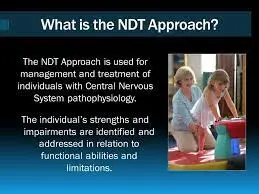
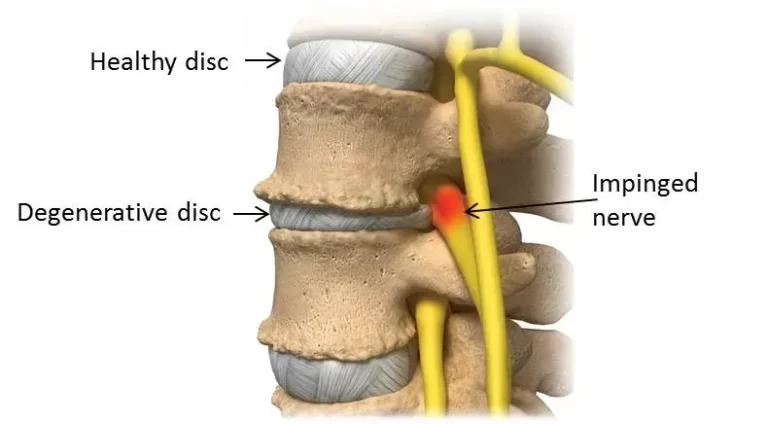
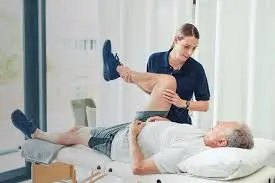
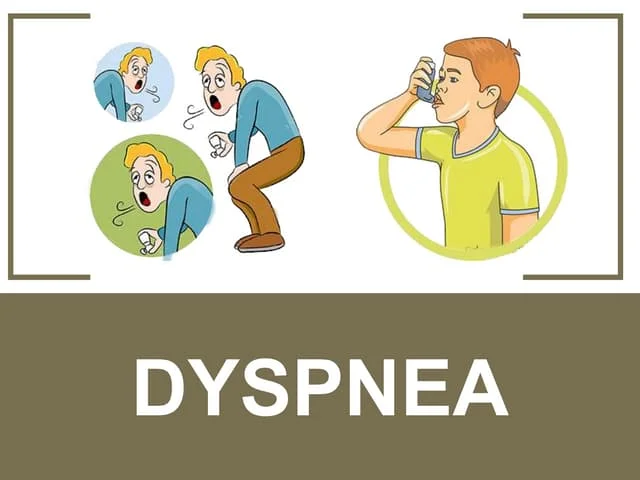
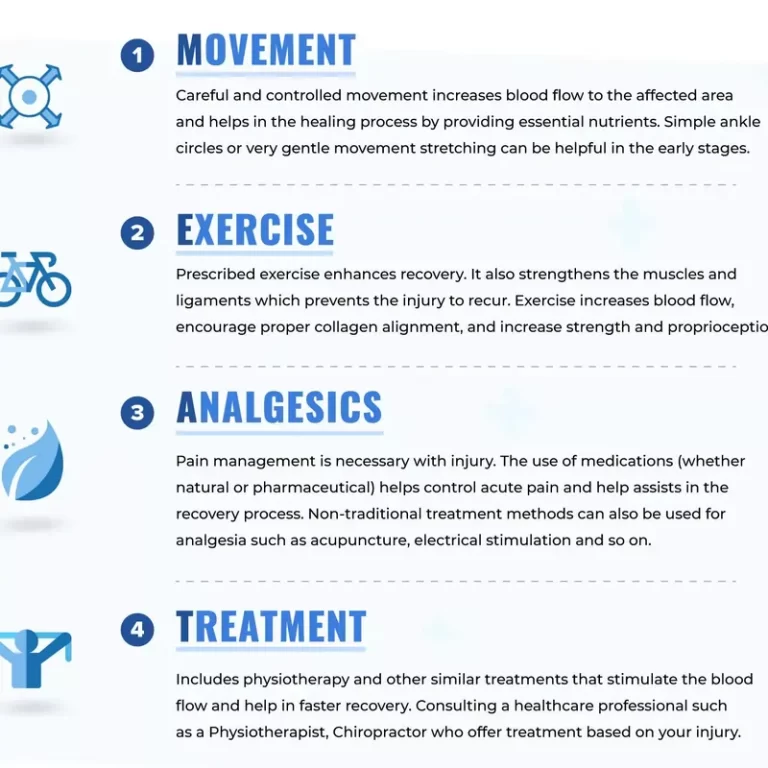
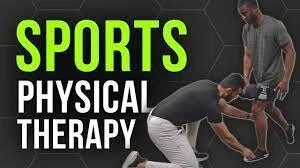
One Comment